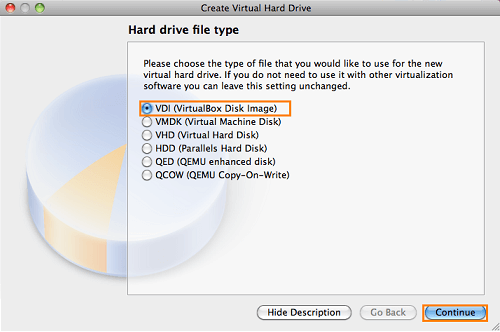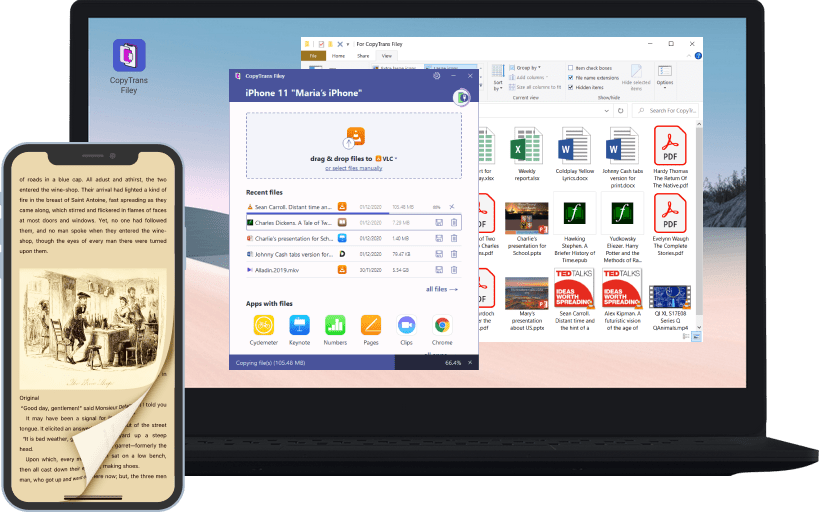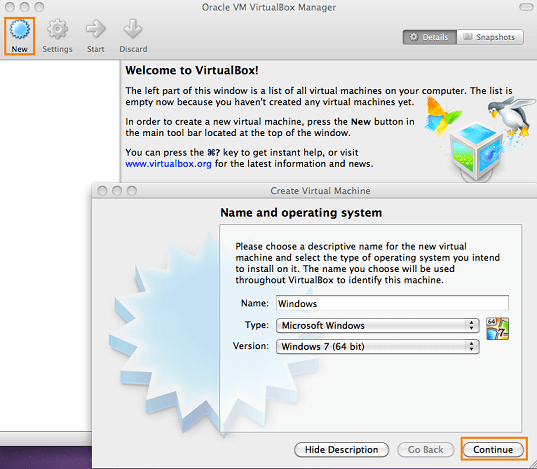
Make sure to follow the installation instructions to install Windows. Your virtual machine will now boot from the Windows installation CD. Double click on the Windows system entry to run (please ignore any errors you might get during the startup process). Your Windows system will appear in VirtualBox Manager’s window on the left. If you have a CD/DVD of the Windows operating system: Insert your Windows installation CD in your Mac. From the new Settings window, navigate to the Ports tab and tick the Enable USB 2.0 (EHCI) Controller option. Once you have the Virtual Manager window open, click on the virtual machine you just created and click on the Settings button. Next, you will need to download and install the latest version of the VirtualBox Extension Pack from the VirtualBox binaries list. Finally, type a name for the new virtual hard drive and select the size (20-25 GB is sufficient). Now, select Dynamically allocated and click Continue. After that, choose VDI (VirtualBox Disk Image) and click Continue. Click Continue.Ĭhoose Create a virtual hard drive now and click Continue. Next, you will need to allocate the amount of RAM for your new virtual PC (512-1024 Mb for Windows -2048 Mb for Windows 10 is enough). Finally, select the OS version (in this case, Windows 7) and click Continue.

Type in the new system name in Machine Name. Open VirtualBox and click on the New button to create a new virtual machine. Make sure to select the latest Mac version from the list available for download and then install it.


Installing VirtualBox (freeware) on your Macįirst, download the Windows image file (.iso) from the Microsoft website (you can use any version of Windows however, Windows 10 is recommended).ĭownload VirtualBox on your Mac. Running CopyTrans on your Mac using VirtualBox A. This guide explains the only way to run CopyTrans programs on macOS. We are in no way related to such companies. Some companies claim their product to be a CopyTrans Mac version.


 0 kommentar(er)
0 kommentar(er)
